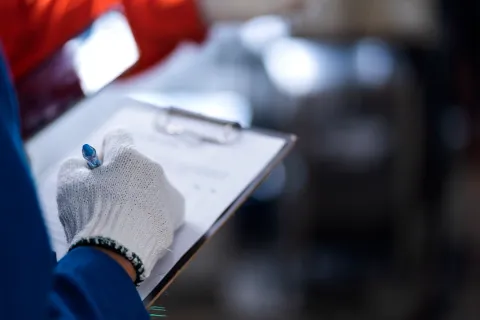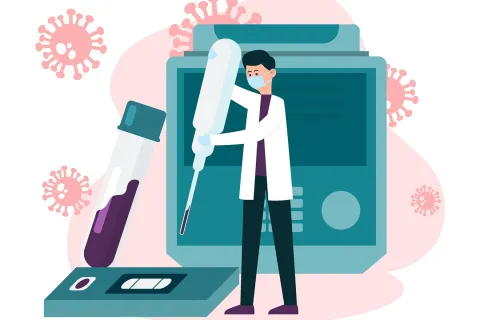
In the life sciences industry, ensuring product quality and regulatory compliance is paramount. Good Manufacturing Practice (GMP) regulations provide a framework for achieving these goals, encompassing every aspect of the production process, from raw materials to finished products. But what about the artwork that adorns these products – labels, leaflets, and instructions? Believe it or not, GMP principles can significantly amplify the quality and impact of packaging artwork.
The Crucial Role of Packaging Artwork
Packaging artwork is more than just aesthetics. It serves a critical function – conveying vital information about medication to healthcare professionals (HCPs) and patients. Accurate instructions, clear warnings, and essential product details ensure safe and effective medication use. This is where GMP steps in.
How GMP Principles Enhance Packaging Artwork
- Clarity and Accuracy: GMP emphasizes clear and concise communication. Packaging artwork should follow the same principle. Easy-to-read fonts, consistent terminology, and well-organized layouts ensure crucial information is understood by HCPs and patients.
- Change Control: GMP mandates a documented system for managing changes throughout the manufacturing process. This same principle applies to packaging artwork. Version control systems ensure updates or revisions are documented and implemented consistently across all artwork iterations.
- Risk Management: GMP focuses on identifying and mitigating potential risks during production. Packaging artwork falls under this umbrella. Clear instructions and proper labeling minimize the risk of medication errors, promoting patient safety.
- Traceability and Record-Keeping: GMP emphasizes comprehensive record-keeping, allowing for traceability of materials and processes. This applies to packaging artwork as well. Maintaining a record of artwork approvals, revisions, and printing vendors ensures consistency and regulatory compliance.
Beyond Compliance: Additional Benefits of GMP-Aligned Artwork
- Reduced Errors: Strict adherence to accuracy and consistency principles minimizes the risk of errors in packaging artwork, leading to fewer product recalls and potential legal issues.
- Improved Efficiency: Streamlined workflows and standardized artwork creation processes derived from GMP principles save time and resources.
- Enhanced Brand Reputation: High-quality, compliant packaging artwork fosters trust and confidence in your brand among HCPs and patients.
- Global Market Readiness: GMP principles align with international regulatory standards, ensuring your packaging artwork seamlessly meets requirements for foreign markets.
Implementing GMP-Aligned Artwork Practices
- Develop Internal Guidelines: Create clear guidelines for packaging artwork development, ensuring adherence to GMP principles.
- Invest in Training: Train your artwork creation team on GMP principles and their application to packaging artwork development.
- Utilize Standardized Templates: Implement standardized templates for artwork creation to promote consistency and minimize errors.
- Partner with GMP-Compliant Artwork Suppliers: Choose vendors who prioritize quality and regulatory compliance throughout the artwork creation and printing.
Conclusion
GMP is not just about manufacturing. It's a philosophy that extends to every aspect of life sciences product development, including packaging artwork. By embracing GMP principles in your artwork creation process, you ensure clarity, accuracy, and compliance, ultimately contributing to patient safety, improved brand reputation, and streamlined operations. At Freyr Solutions, we specialize in providing regulatory services that help life sciences companies navigate the complexities of GMP and packaging artwork. Contact us today to learn how we can support your GMP initiatives and enhance your packaging operations.
Author: Nirupama Parate









